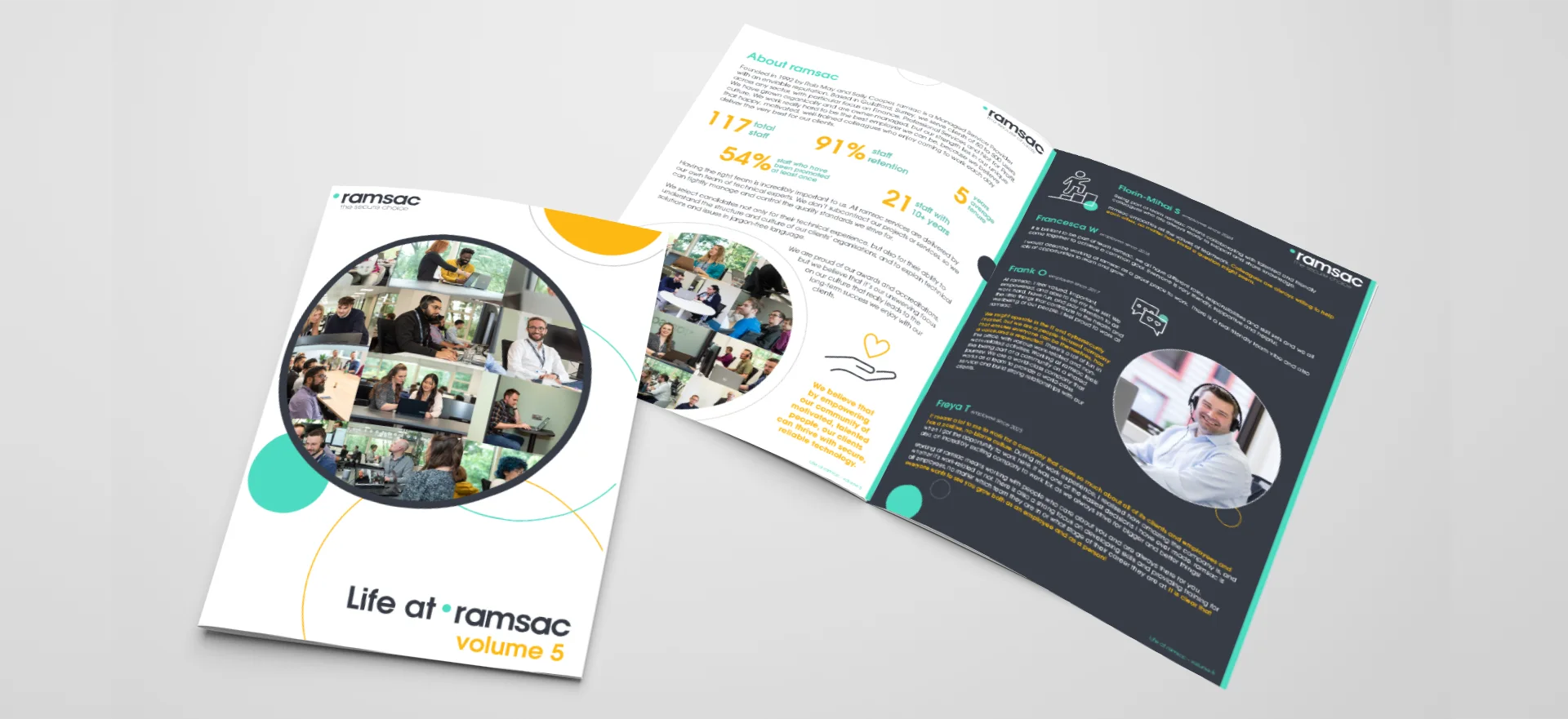Flashback to 1992 (ramsac’s first year of business)

Posted on March 16, 2022 by Louise Howland
ramsac is celebrating 30 years of business in March this year. A lot of things change in 30 years none more so than technology which moves faster than most other industries. So in this blog we thought it would be fun to look back at what technology looked like in 1992.
1992 was the first year mobile phones went digital they had been around for quite a few years by then but they were still not commonplace and were quite expensive. 25 years on and there are almost as many mobile phone subscriptions as there are people on the planet. 1992 was also the year the first text message was sent, changing the way we communicate. 5.9 billion people worldwide now send text messages daily and mobile messenger apps like WhatsApp are growing in popularity, WhatsApp now has 2 billion active users worldwide sending more than 100 billion messages each day.
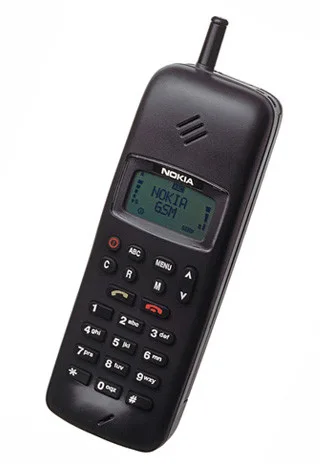
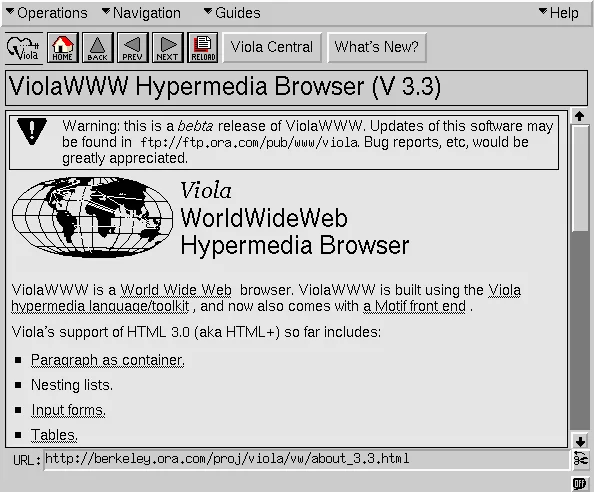
Here is what the internet looked like in 1992, this is ViolaWWW a discontinued browser, the first to be popular for the World Wide Web. In 1992 the world wide web had only been launched to public for a year (it was launched on August 6 1991), the number of companies actually connected to the internet was around 1 million total, and as 1993 began only 50 www servers were known to exist. Today billions of people use the internet, all day, every day for a wide variety of reasons, it has become something many people can’t imagine life without, and younger people will not remember a time before it.
Email is so commonplace now, it is hard to remember a time without it, but back in 1992 it was still relatively new and in fact ’92 was the first year you were able to send attachments over email, admittedly they didn’t always work and the messages would get garbled along the way, but email was progressing. Today an estimated 319 billion email messages are sent every day.
Collaboration tools like Microsoft Teams (which couldn’t have been imagined in 1992) have experienced unprecedented growth in the last few years. With 560 million minutes spent on Teams meetings per day at the start of March 2020 and by the end of March 2020 (due to the pandemic) this number had grown to 2.7 billion minutes per day.
The laptops of 1992 or “Portable” computers, were very different from today, for example the Compaq LTE (above) weighed six pounds, twice as much as a MacBook air today and it cost around $4000. CD-ROM technology was very new still and floppy disks were still the main method for distributing software, Windows 3.0 which launched in 1991 would have taken up six or seven floppy disks and this would not include the DOS install disks.
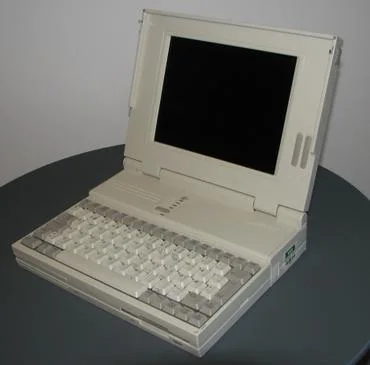
To run Windows 3.0 you really needed at least a Meg of RAM and to run any additional apps like word/excel etc you would need 4 meg of RAM. This was at a time where the price of hard drives was still quite high, £250 would get you 80 megabytes, and a one-gigabyte drive from IBM cost more than $2,500.
In the early 1990s, the average hard drive for a brand new computer held between 200 and 250MB. The over-1GB hard drives existed, Seagate was first to market with its 2.1GB Barracuda and HP released the minuscule C3013A Kitty Hawk which stored 2,1GB but almost nobody could afford them. Compare that to today where a 2 TB external hard drive costs less than £100 and the difference is quite mind-blowing.
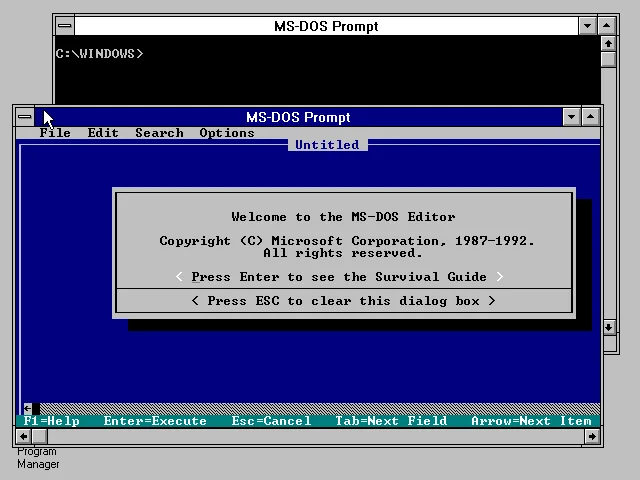
Although Windows 3.1 was released in 1992, windows was relatively in its infancy and it was still very much a DOS world, Lotus 1-2-3 was far more popular than excel which only had 12% of market share and WordPerfect 5.2 was the word processing programme of choice. Now Windows dominate the market for both operating systems and office tools.
Finally, the last big change between 1992 and 2022 is cybercrime. Cybercrime was definitely still a problem back in 1992 but nowhere near the scale it is today. The most common computer crime of the 1990s was defacing websites. There really was no knowledge to gain, no curiosity to satisfy – just the sport of compromising web sites. In the late 80’s a university student created the first computer worm which crippled 10 percent of the 88,000 computers on the Arpanet (the network that was the original basis for the internet) Fast forward to today and according to an analysis conducted by Cybersecurity Ventures, the cost of cybercrime was estimated to be $6 trillion in 2021 and it is predicted that Cybercrime will cost $10.5 trillion annually worldwide by 2025.
So, times have changed for technology and overwhelming for the better in terms of the advancements that have been made, how readily available technology is, how affordable it has become and how easy it is now to communicate and share knowledge, however it is not all good as the rise of cybercrime shows.
We hope you enjoyed our little delve into the 90s, look out for more ‘blast from the past’ posts as we continue to celebrate 30 years of ramsac.






